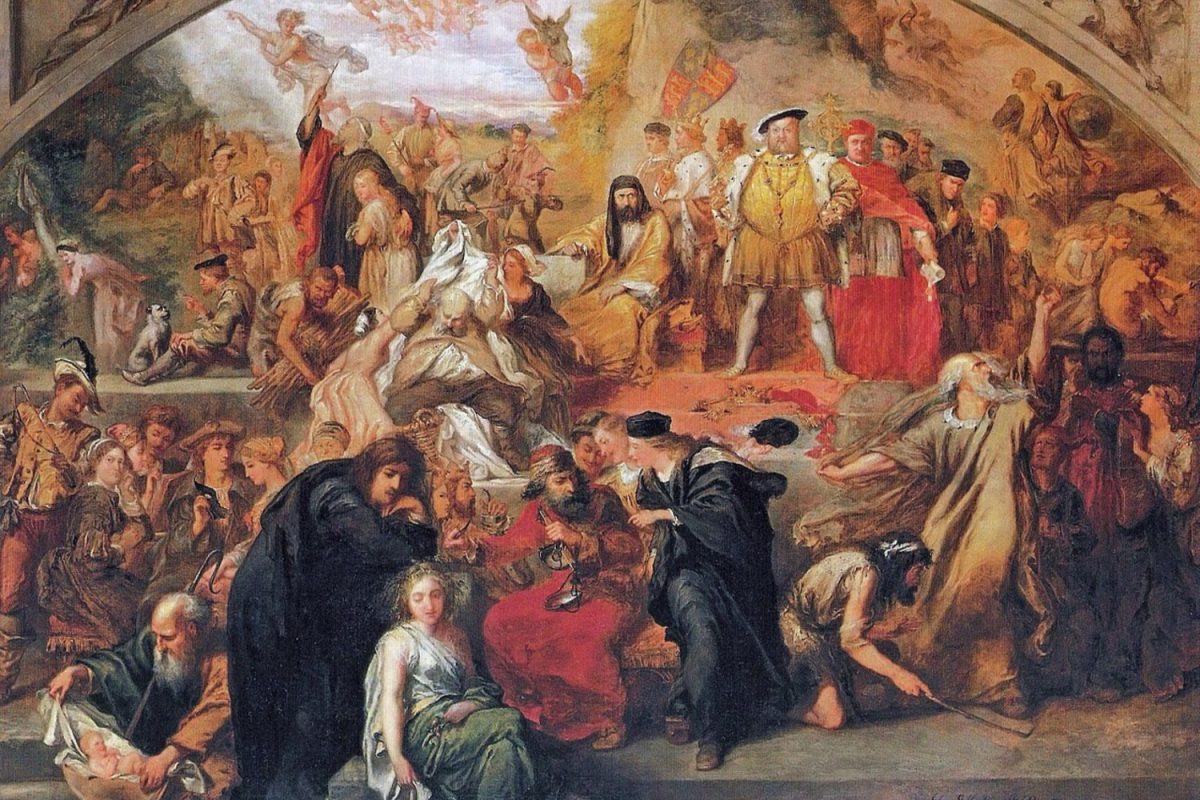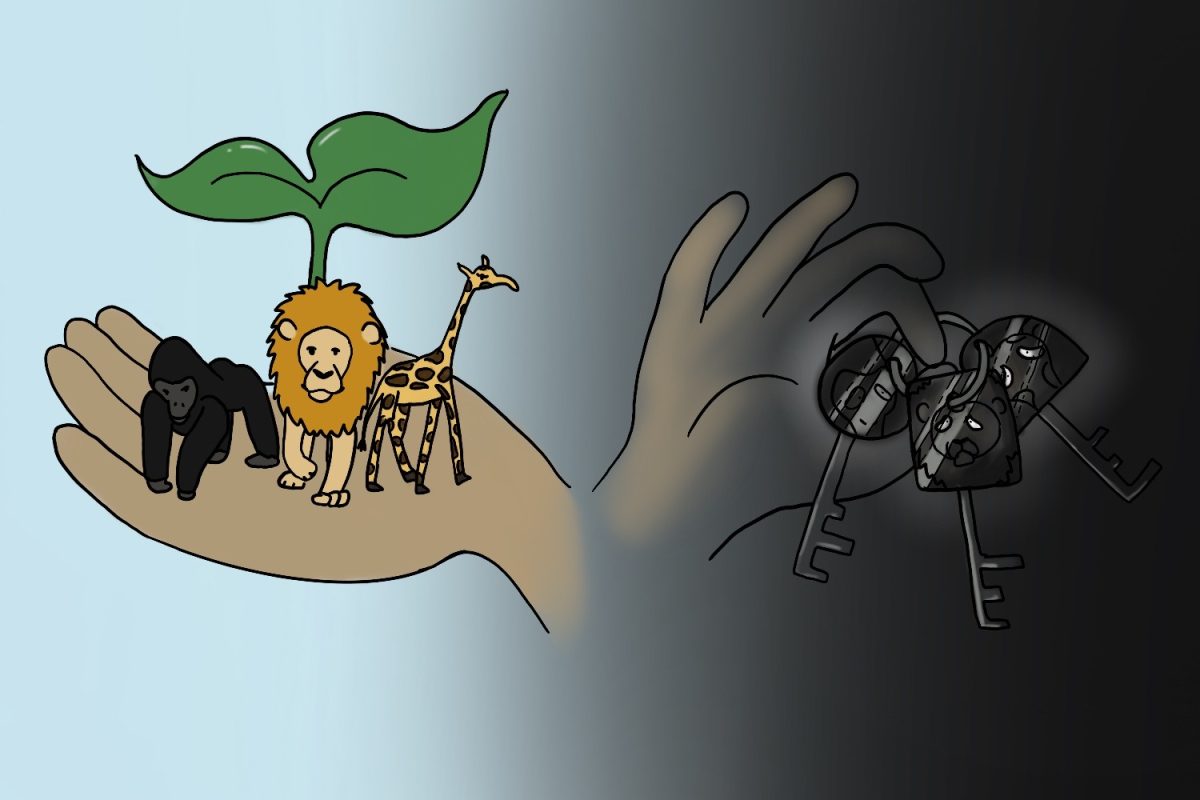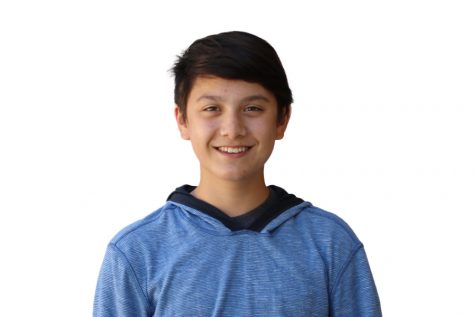In modern times, many people obtain their cultural knowledge through media in the form of the internet, movies, television shows, and stereotypes.
Asian and Asian American culture is a victim of this poor representation and is in the dilemma of attempting to be adequately portrayed through film, but continues to be stereotyped by Hollywood and the media regardless.
In the 21st century, a growing community of Asian and Asian Americans has made their way to Hollywood as film actors, actresses, producers, directors, animators, and other significant positions. The surge of involvement from this community has increased the involvement and popularity of Asian and Asian American films, allowing for better representation of Asian culture.
“Audiences now want something that’s different and feels sincere, something that feels like it’s not a token but a real, genuine story,” Christina Ree, program manager of the San Diego Asian Film Festival, said.
An Asian American film is considered to be in the same industry and has the same genres as an American film. Asian American films have an all, or mostly all Asian American cast, film production crew, and producers.
For a long time, a stereotypical villain, kung fu participant, or nerdy Asian character was all there was in American film, let alone a film solely based on Asians.
Asian characters were first displayed in film in the early 20th century, but their roles did not have much personality. Instead, they were portrayed as a token Asian person, meaning that the purpose of their character was mainly just to be Asian.
Instead of casting Asian people for these roles, often white actors and actresses were cast and given extensive makeup to look Asian for the part. This practice in Hollywood is called yellowface.
Even recently, yellowface is still a part of the film industry, as seen in the 2017 film “Ghost in the Shell” where Scarlett Johansson was cast to play the main character Motoko Kusanagi. “Ghost in the Shell” was a live-action remake of the classic anime also called “Ghost in the Shell” from 1995.
Fans were enraged by the casting decision, and the movie only brought in a total of $19 million on the opening weekend, even though it cost $110 million to produce.
“The fans actually want ‘Ghost in the Shell’ to be ‘Ghost in the Shell,’ not Hollywood trying to take over [the franchise],” Ree said.
It would not be until recently in the 21st century that major changes would take place and Asian American film would begin to flourish.
Some of the most successful and popular Asian American films have been “The Joy Luck Club”(1993), “Crazy Rich Asians”(2018), “The Farewell”(2019), and “Over the Moon”(2020). These films mark positive steps toward better representation for Asians and Asian Americans in the film industry.
They are enjoyable and special not because they are about Asian and Asian American people, but rather because they have extraordinary and unique characters and plots. They use classic film techniques and plot devices that are in American films and injected Asian culture into the stories so that the film industry’s whole audience would enjoy them.
“Over the Moon” is an animated film that gives life to a story about Asian characters and culture. The movie follows a young girl who is part of a mooncake-making family named Fei Fei, as she builds a rocket ship to fly herself to the moon to find out if the legend of Chang’e is real.
The legend is a Chinese story about the moon goddess Chang’e and how she had to leave the man she loved on Earth to return to the moon, where she is accompanied only by her friend rabbit. The film’s use of this Chinese tale and great characterization and plot proves it to be the perfect example of a good Asian American Film.
“The legend, the bunny, the moon cakes, and also a girl who is very very smart in the stem area and is able to build a rocket ship. To me, that was the beginning that was the spark of this,” Janet Yang, the executive producer of “Over the Moon” and chair of the U.S.-Asia Entertainment Summit, said.
“Over the Moon” was produced by Pearl Studios, formerly known as Oriental DreamWorks, a film studio that was bought by Chinese backers and is now, quite literally, an Asian American studio. The studio also produced “Abominable” and “Kung Fu Panda 3.”
Pearl Studios and other Asian American filmmakers’ goal is to tell Asian stories in a way that is appealing to the whole world. These stories intend to be told in an authentic way that is meant to appeal to everyone while staying true to the original story.
“The best way to do that would be to bring in talents and producers and writers and directors that have already been successful in creating a global film, and having them work with a team at DreamWorks of native Chinese development executives and artists,” Peilin Chou, a Netflix producer who worked on “Over the Moon,” said. “The idea was that the coming together of both of these forces would create really wonderful global stories that were deeply rooted in authenticity and about the experience of Chinese culture.”
And this way of telling Asian stories has worked for many so fat. Many of these Asian American movies have been very successful in making a profit and becoming popular. “Crazy Rich Asians” brought in a worldwide gross of $239 million with only a $30 million producing budget, and “Over the Moon” became the number one program on Netflix on its opening weekend.
The audience has accepted these films graciously and celebrated them, which goes back to the point that people are tired of the Asian stereotypes in movies. These new Asian American films have appealed to the audience by depicting Asian stories and culture without the token Asian trope.
“We’ve heard from so many kids and families, especially those of Asian descent, about them seeing themselves in these characters,” Cathy Ang, the voice actor of Fei Fei from “Over the Moon,” said. “The response that we’ve seen from the Asian American and Pacific Islander community in the U.S. to all these films makes me feel like it’s a good representation of these people.”
An absence of stereotypes and an increase in the inclusion of actual characterization in these Asian roles have allowed one of the most important aspects of filmmaking to occur in these Asian American films, which is the relationship between the viewers and the movie. The new unique and characterized roles in these films have let viewers relate to the situations in the movies and what the characters are going through.
“Personally watching ‘Parasite,’ I felt like I knew these people very, very well, I had a very, like, rock connection to the family. And so I think a lot of my community felt that way,” Ang said.
Although “Over the Moon” and all of these Asian American films have been monumental in bettering Asian cultural representation in media, whitewashing and stereotyping of Asians in the American film industry is still apparent. “Ghost in the Shell” a prime example of this.
Jon Chu, the director of “Crazy Rich Asians,” was at one point asked to make the entire cast of the movie white. This request was rejected, and the film was made with an Asian and Asian American cast, but it goes to show that there is still that influence from Hollywood that wants to essentially whitewash everything.
“That happens very frequently, and Kevin Kwan [the author of “Crazy Rich Asians”] and John Chu had to say no, this is definitely a story about an Asian American going to Asia for the first time,” Ree said.
The best way to get more Asian representation and influence in the film industry is to get more diversity and have more Asians and Asian Americans on the scene. Film festivals are the perfect way to do that.
The San Diego Asian Film Festival is not only a celebration of movies and media but also a way for young Asian and Asian American filmmakers to get themselves in the spotlight and gain publicity. The San Diego Asian Film Festival has been around for 21 years now and is one of the biggest film festivals in the U.S.
The San Diego Asian Film Festival has a programming committee that reviews film submissions from all over the world, and they watch, critique, and choose which will be shown at the festival. Last year, the San Diego Asian Film Festival received nearly 600 film submissions, but only 172 were accepted and displayed after the programming process.
It has been a problem at other film festivals where mostly their entire programming group is all white or all-male, so the films that are chosen tend to be all white or all male during the process. The San Diego Asian Film Festival does not have this problem, though, as a lot of the programming committee are Asian or Asian American.
“At the San Diego Asian Film Festival, we have a programming committee that is all volunteer,” Ree said. “Some of them are filmmakers, artists, writers, academics, or community folks.”
As the programming manager, Ree has the responsibility of overseeing the program, the list of films that will be displayed for the film festival.
The San Diego Asian Film Festival is an opportunity for Asian and Asian American filmmakers to get attention and publicity for brand deals from big companies such as Wong Fu Productions, A24, Amazon, Universal Studios, and Netflix.
Moving forward, there will likely be a much better representation of and influence for Asian and Asian Americans in the film industry because of organizations and movements such as the San Diego Asian Film Festival. With the popularity of films like “Crazy Rich Asians” and “Over the Moon,” young Asian and Asian American filmmakers will be inspired by these successful films and look to make their own.
By then, proper representation for Asians will be a formality in the film industry, and Asian and Asian American roles and opportunities will be abundant in cinema.
“We’ve seen a flourishing of so many kinds of roles […] I think we are in fact seeing a lot of different roles, different kinds of stories that are not at all stereotyping, and we’re going to see more if some of us have anything to do with it,” Yang said.
























Cindy Yee • Mar 6, 2021 at 11:29 pm
Very positive and well written article Keegan. Looking forward to more of your work in the future. As a grandmother and seeing my grandchildren watching characters they could identify with is amazing because my children did not have that opportunity growing up. I hope in the future in both movies and animation, that there will be more “people of colors” together to show that we can all get along and heal.
Even though I enjoyed “Crazy Rich Asians”, it unfortunately shows a very wide audience the perception “that ALL Asians” are well -to-do. That is absolutely not the case! It is more of a rarity and I hope future successful movies can tone it down.
After watching “Over The Moon” with my five year old granddaughter, I took her upstairs to a delicate paper cutting that I framed on a trip to China over 25 years ago. It was the Moon goddess! We also found a bunny in the paper illustration.
I liked what you said third paragraph from the bottom about future writers “moving forward….”
Debbie Burkett • Feb 26, 2021 at 9:20 am
Wow. That was an awesome article Keegan. Very impressive.